We had three Club Mycologists and four or five Club Identifiers working the table at the meeting, so we have lots of new names. There were enough distinctively scented fungi that I put together a small “smell sampler” of four different species, two of which are normally separated on smell, Russula laurocerasi and Russula foetens.
Species list entered by La Monte Yarroll. Species identified by club identifiers and mycologists.
List of species brought into the June Monthly Meeting:
[icon style=”camera”] Amanita flavoconia (Yellow Patches),
[icon style=”camera”] Amanita flavorubescens (Yellow Blusher),
[icon style=”camera”] Amanita rhacopus (Shaggy Sister Ringless Amanita),
[icon style=”camera”] Amanita rubescens (Blusher),
[icon style=”camera”] Austroboletus gracilis (Graceful Bolete),
[icon style=”camera”] Baorangia bicolor (Red-and-yellow Bolete; Bicolor Bolete),
[icon style=”camera”] Boletus subvelutipes (Red-Mouth Bolete),
[icon style=”camera”] Cantharellus lateritius (Smooth chanterelle),
[icon style=”camera”] Cantharellus minor (Small Chanterelle),
[icon style=”camera”] Craterellus fallax (Black Trumpet),
[icon style=”camera”] Flammulina velutipes (Velvet foot; Enokitake),
[icon style=”camera”] Fomes fomentarius (Tinder Polypore),
[icon style=”camera”] Ganoderma lucidum (Ling Chi),
[icon style=”camera”] Gloeoporus dichrous (),
[icon style=”camera”] Laccaria ochropurpurea (Purple-gilled Laccaria),
[icon style=”camera”] Lactarius camphoratus (Aromatic Milky),
[icon style=”camera”] Lactarius hygrophoroides (Hygrophorus Milky),
[icon style=”camera”] Lactarius subvernalis var. cokeri (),
[icon style=”camera”] Laetiporus sulphureus (Chicken Mushroom; Sulphur Shelf),
[icon style=”camera”] Leccinum albellum (),
[icon style=”camera”] Leucoagaricus americanus (Reddening Lepiota),
[icon style=”camera”] Pleurotus dryinus (),
[icon style=”camera”] Polyporus elegans (),
[icon style=”camera”] Polyporus craterellus (),
[icon style=”camera”] Russula claroflava (),
[icon style=”camera”] Russula foetens (),
[icon style=”camera”] Russula laurocerasi (Almond Scented Russula),
[icon style=”camera”] Russula mariae (Purple-bloom Russula),
[icon style=”camera”] Russula vinacea (),
[icon style=”camera”] Sarcoscypha occidentalis (Stalked Scarlet Cup),
[icon style=”camera”] Schizophyllum commune (Split Gill),
[icon style=”camera”] Scutellinia erinaceus (Orange Eyelash Cup),
[icon style=”camera”] Stereum ostrea (False Turkey-tail),
[icon style=”camera”] Strobilomyces floccopus (AKA Strobilomyces strobilaceus),
[icon style=”camera”] Tylopilus felleus (Bitter Bolete),
[icon style=”camera”] Xanthoconium affine (Spotted Bolete),
[icon style=”camera”] Xylaria hypoxylon (Carbon Antlers),
[icon style=”camera”] Xylaria polymorpha (Dead Man’s Fingers)
Species not currently on clubs life list:
[icon style=”camera”] Amanita albocreata (),
[icon style=”camera”] Amanita velatipes (),
[icon style=”camera”] Ramularia rubella (Dock leaf rust),
[icon style=”camera”] Pluteus pellitus ()
[icon style=”camera”] Cercospora moricola (Mulberry leaf spot),
[icon style=”camera”] Panus neostrigosus (),
Hortiboletus sp.
Mitrula elegans or possibly M. lunulatospora – We’re waiting on the microscopy.
Comments:
Polyporus elegans is now know as Cerioporus leptocephalus although this name is not in use on iNaturalist
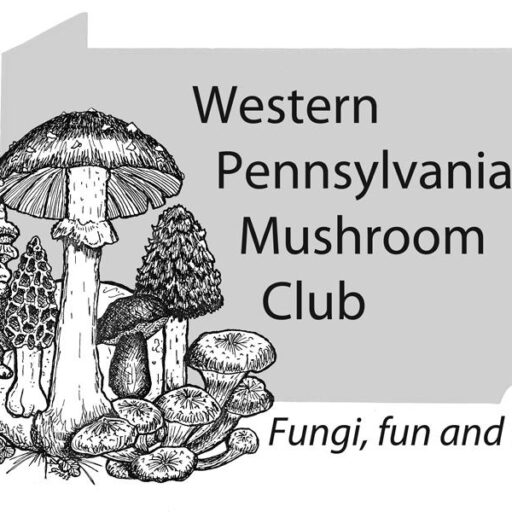
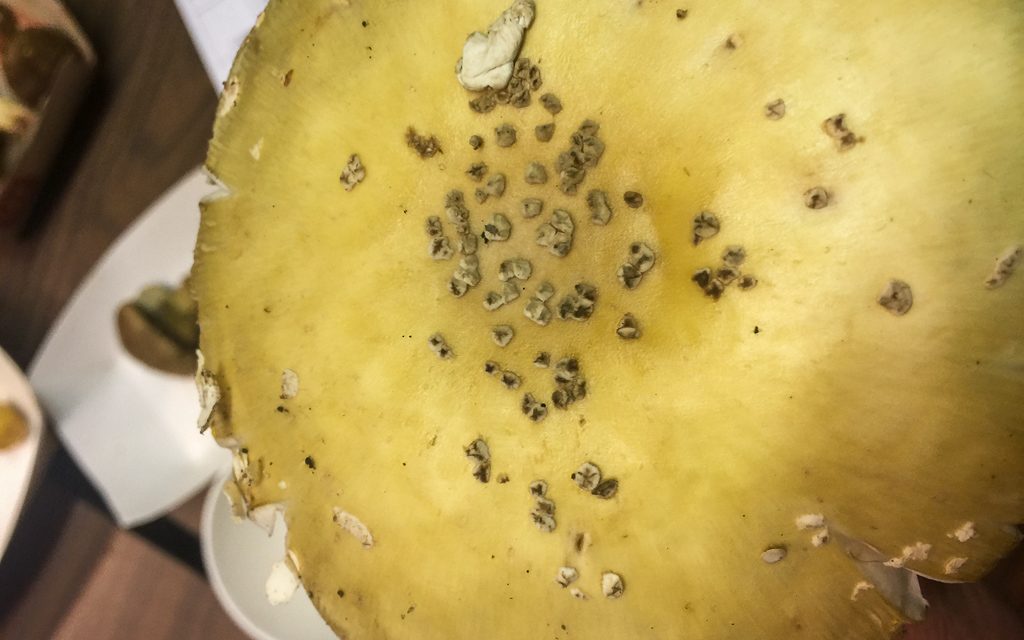





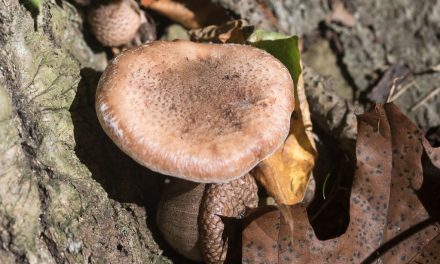
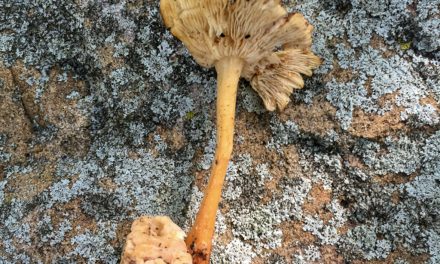
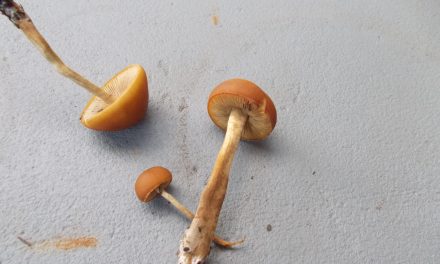
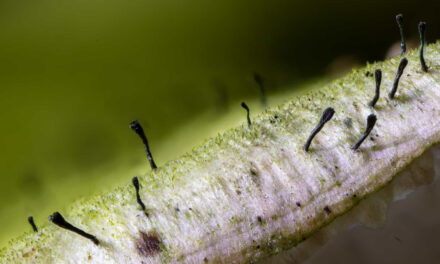

Recent Comments